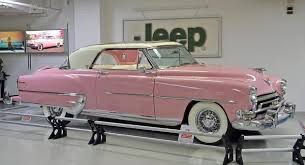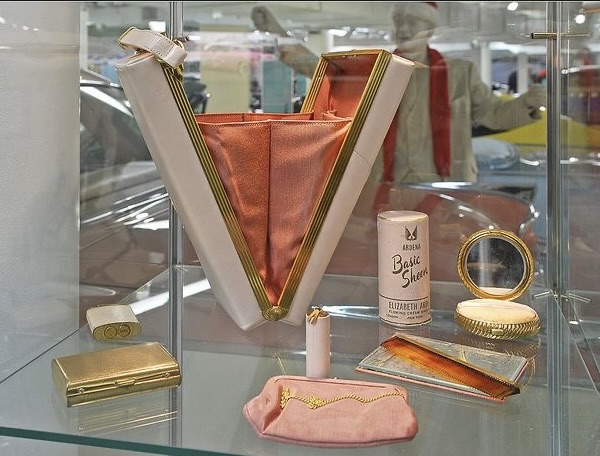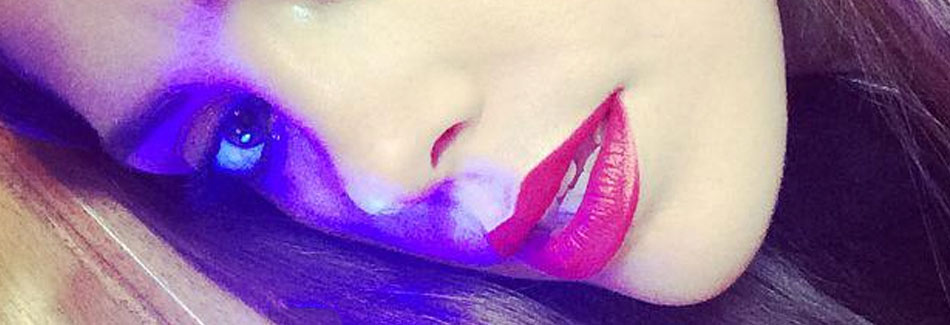The Dodge La Femme wasn’t just a car; it was a statement, a rolling expression of femininity designed in an era when beauty was expected to accompany function. Wrapped in soft shades of pink and white, the La Femme aimed to embody elegance in motion. But it wasn’t just the sleek lines or the pastel exterior that made it unique—it was the thoughtful inclusion of beauty accessories like the lipstick, compact, and matching purse. The car seemed to whisper that beauty, in all its forms, should follow you wherever you go.

In many ways, the La Femme was a reflection of mid-century society’s view of women—expected to be beautiful, poised, and always prepared. Yet, it also personified the idea that beauty could be functional, something that traveled with you, woven into the fabric of everyday life. The compact, sitting neatly within the dashboard, wasn’t just a tool for touch-ups—it symbolized the importance of taking a moment for oneself, of refreshing not just appearance but spirit.
Today, we may view such a car as quaint or perhaps even outdated, but the underlying message of the La Femme remains timeless. Beauty, after all, is not just skin-deep. It’s in the objects we cherish, the way we carry ourselves, and the care we invest in our lives. The importance of beautiful things, whether a vintage car or a well-crafted makeup compact, lies in how they allow us to elevate the ordinary into something extraordinary.

Does the presence of beauty in our surroundings, even in something as utilitarian as a car, change the way we experience the world? And how much of what we find beautiful shapes who we are?


